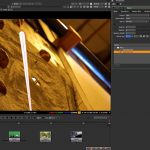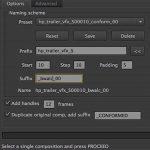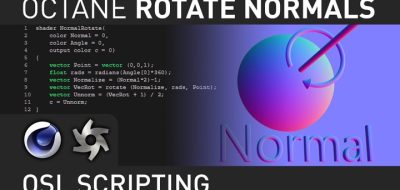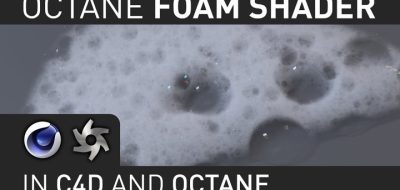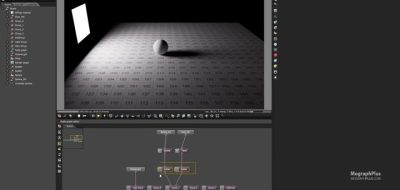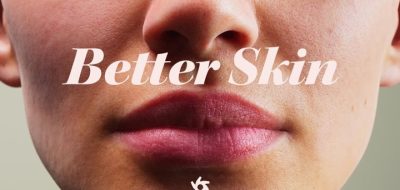OTOY announced the availability of OctaneRender 2, the company’s flagship real-time unbiased rendering engine that runs completely on the GPU.
OTOY’s Octane Render has been praised as a fast and highly realistic renderer that can be used stand-alone, or inside of host applications such as Autodesk Maya, Cinema 4D, Lightwave, Blender as well as a host of CAD applications including AutoCAD and Revit.
Octane Render adds new displacement mapping features as well as motion blur on an object or vertex level and a new optimized hair and fur render primitive that reduces memory usage by up to 20 times.
Octane Render 2 Features
Cloud graphics pioneer, OTOY Inc., today announced the availability of OctaneRender™ 2, the latest version of the company’s sophisticated real-time rendering software boasting more than a dozen new features designed to empower artists, designers, and engineers to create the most realistic renders possible in less time than ever before.
Displacement mapping – Used to give objects depth and detail, displacement mapping allows the height of points on a surface to be adjusted based on an image value.
Object motion blur – The blurring effect that simulates motion of inanimate objects in a rendered scene is supported and can be applied independently of camera movement.
Vertex motion blur – The blurring effect associated with geometry deformations, such as movement of a character’s arms or legs.
Hair and fur – An optimized hair render primitive is now available to allow rendering of hair or fur while reducing memory usage by 20 times compared to previous processes. OctaneRender™ 2 also simulates the distribution and fluidity of movement of those primitives.
OpenSubDiv surfaces – Pixar’s powerful library for fast refinement of subdivision surfaces is integrated in OctaneRender™, a feature that’s most useful for animation of objects.
Rounded edges – Artists have the ability to easily and efficiently round the sharp edges of geometric objects without modifying and reloading the geometry. The process is done during rendering by special shader algorithms that recalculate normals near the sharp edges and corners to make them appear smooth allowing for the tuning of edge sharpness in real-time throughout rendering.
Random color texture for instances – Useful for easily modifying the colors of instances which otherwise have the same material.
Improved sky rendering – Using HDRI + Sun, OctaneRender™ 2 enables the use of textures as sky backgrounds and ensures that objects in the scene accurately reflect the loaded sky texture.
Local DB – OctaneRender™ 2 sports a cleaner, more organized workspace with a new folder structure that allows users to create packages of nodes, node graphs, and node trees, and organize them in folders along with thumbnails for easy identification.
Region rendering – To save time on test renders, this feature allows users to specify a region in the scene and partially preview rendered results in real-time.
Network rendering – The rendering process can be made faster than ever by leveraging remote GPUs on render slaves connected via the network.
New stereo rendering modes – Rendering modes such as off-axis and parallel camera placement in combination with left/right/split screen/anaglyphic output options to allow improved stereo rendering.
Compatibility with Brigade – OctaneRender™ 2 features expanded integration with Brigade, OTOY’s cloud rendering technology for photorealistic next-generation games. Within Brigade, users can now open scenes created in OctaneRender™ and walk through those scenes in real-time over the cloud.

